The better part of a day went by as 46-year-old Curtis Brick lay dying on the grass in Grandview Park, just off Vancouver’s busy Commercial Drive.
Amidst the park’s slides, swings and greenery, his body temperature climbed from the normal 37 C to a deadly 42.8 degrees on the hottest day in the city’s history.
Brick’s condition was worsened by the effects of alcohol. But none of the many passersby on the Drive that day helped him either. By the time one finally stopped to check on him at 4:15 p.m. it was probably already too late, a coroner’s report found.
Brick succumbed just after midnight at Vancouver General Hospital on July 30, 2009, one of over 100 people believed to have died during a heat wave that blanketed the Lower Mainland, Fraser Valley and beyond.
That was 12 years before a heat dome scorched much of B.C. with even higher temperatures and grabbed the world’s attention in the summer of 2021. That calamity killed 619 people — but experts say many of those deaths might not have happened if the provincial government had acted on long forgotten recommendations developed after the earlier heat wave that claimed Brick and so many others.
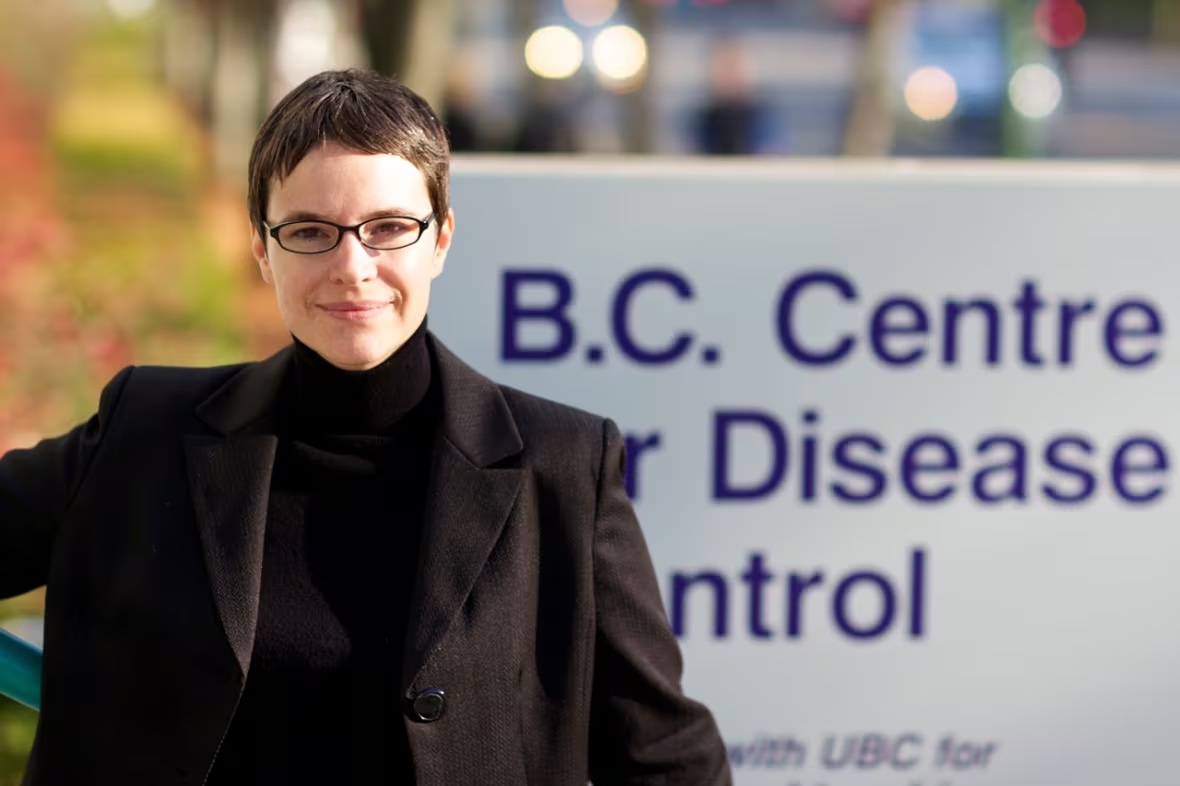
Vancouver wasn’t ready for those temperatures in 2009, which set heat records two days in a row — a first for the city.
“[N]o city or municipality in B.C. had a response plan for extreme heat and its effect on vulnerable populations at the time of Mr. Brick’s death,” the coroner at the time, Scott Fleming, wrote in his report on Brick’s death. He endorsed the development of heat emergency response plans, and public education around how to recognize the effects of heat stroke.
Fleming was not the only one who took a close look at the 2009 heat wave. For Dr. Sarah Henderson, that summer has been one of the focuses of her career at the BC Centre for Disease Control.
Henderson is now the centre’s scientific director of environmental health services and was part of the province’s Extreme Heat Death Review Panel into the 2021 heat dome. And when she arrived at the centre in 2010, the first project that landed on her desk was looking back at the previous year’s heat wave, studying what had gone so wrong.
She says the intensity of the 2021 heat dome was far beyond what happened in 2009. “I can’t imagine we would have come through without significant heat-related mortality,” Henderson said. But she believes heeding the recommendations of public health officials sooner could have saved many lives.
Had officials enacted those proposals, over a decade later, when temperatures again scraped record levels, “I don’t think there would have been hundreds and hundreds of deaths.”
One of the obstacles was the fact that the 2009 heat wave “passed almost silently,” Henderson said. “It wasn’t until later that we realized those deaths had occurred.”
There had been no coroner’s inquest, no expert panel, and very little media coverage of the heat as a deadly phenomenon.
Eventually, however, a statistical analysis by Henderson, her now-retired boss, Dr. Tom Kosatsky, and their colleagues showed that 110 deaths could be associated with the heat wave in Greater Vancouver alone.
Just one of those deaths was widely reported — that of Curtis Brick — because he had died outside, in public, and the coroner’s service had investigated. Most people had died inside and out of public view.

Henderson and Kosatsky spent years publishing at least eight peer-reviewed articles about the heat wave, the deaths it was responsible for, and how to prepare for the next one.
They presented their findings in conferences and webinars, and Kosatsky co-wrote a guide for municipalities to prepare for heat. In 2010, Kosatsky even authored a piece for the BC Medical Journal with a title explicitly asking for attention to the disaster that had just passed; “Hot day deaths, summer 2009: What happened and how to prevent a recurrence.”
The article recommended identifying high-risk populations, communicating safety information ahead of and during a heat wave, building “greener cities and cooler homes,” and other advice that has become very familiar since the 2021 heat dome.
“Few B.C. homes have air conditioners, and few if any B.C. municipalities have emergency response plans for heat waves,” Kosatsky wrote.
But despite these and other recommendations repeatedly made by BC Centre for Disease Control experts, public officials took little action to protect British Columbians from heat deaths until 619 died in 2021.
That heat dome resulted in temperature records being broken across the province — although the 34.4 C that Vancouver hit in 2009 is still the historical peak for that city.
But the pattern in 2009, which contributed to a decade of warnings and best practices, was similar in 2021: 93 per cent of the people who died did not have access to air conditioning; people with disabilities such as hypertension, mood and anxiety disorders, diabetes or depression were most likely to die; the poorest and most marginalized and loneliest died in greater numbers.*
The failure to act on what had been learned was “a total and complete failure by our elected officials,” said Karen O’Shannacery, who was the lead for the Task Force to End Homelessness in Burnaby’s extreme weather heat response in 2021.
O’Shannacery also saw the 2009 disaster up close as the executive director of the Lookout Emergency Aid Society in Vancouver. Even if the event was largely forgotten by the public, she still remembers the stench of garbage rotting in Chinatown and Gastown, and the rats.
“It was pretty awful. People weren’t accessing water. The Downtown Eastside particularly doesn’t have access to public showers in many areas. Where could you go and stay cool?”
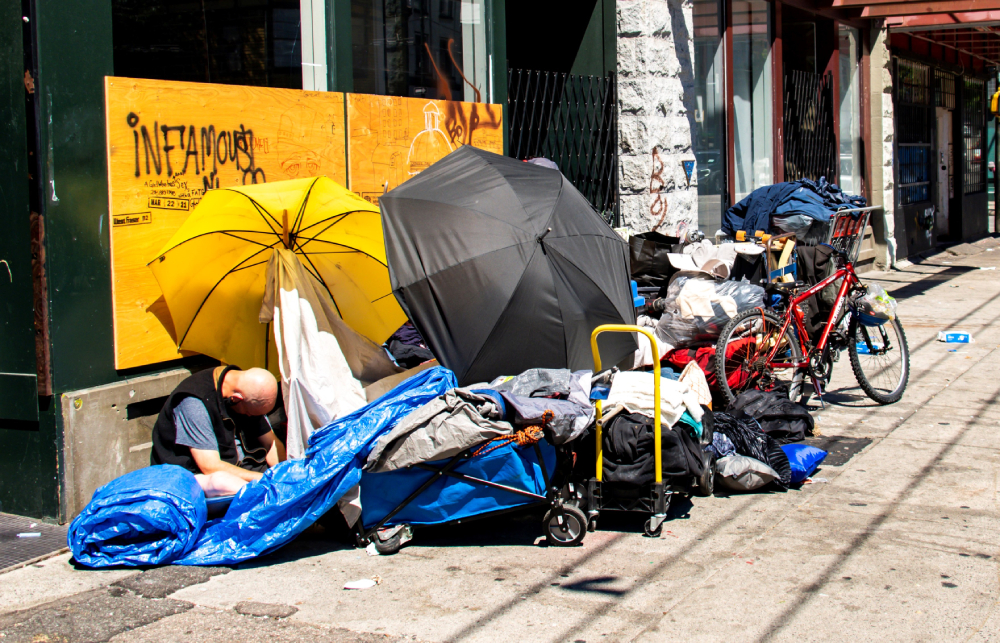
For her own part, Gabrielle Peters, a disabled writer and policy analyst who resigned in protest from the Extreme Heat Death Review Panel, said if recommendations from 2009 had been implemented prior to 2021, “we would have already been talking about the need for mechanical cooling; we would have had an air conditioning distribution program.
“At the very least, we wouldn’t be discussing in 2022 whether we should provide fans,” she added.
Indeed, every top-level recommendation that was eventually made by the provincial panel following the 2021 deaths had already been made by the BC CDC in the decade between 2009 and 2021. They were:
- Develop a co-ordinated heat alert system,
- Identify vulnerable populations most at risk of dying during extreme heat, and
- Take long-term steps like updating building codes.
The agency also recommended steps that others have pushed for, like preserving and expanding tree cover, increasing access to water for swimming and drinking, opening cooling shelters and providing financial assistance for air conditioning bills.
Henderson blames the failure to prepare for 2021 on the lack of dedicated attention — from everyone — to the 2009 event. Neither the media, nor the civil service, nor the public recognized it as a catastrophe, even if, in retrospect, that’s what it was.
“Driving these sorts of changes takes a lot of political will,” Henderson says. “The momentum wasn’t behind it in 2009 the same way the momentum was behind it in 2021.”
Some action was taken after 2009. The City of Vancouver, citing Brick’s death in particular, rolled out its Extreme Hot Weather Preparedness and Response plan the following summer. The Lower Mainland health authorities came up with an emergency alert system.
The only specific provincial government action stemming from the 2009 heat wave that Health Minister Adrian Dix pointed to, in an emailed statement, was that heat alert system.
"The extreme heat event of 2009 has not been forgotten,” Dix said. “On the contrary, lessons learned from 2009 led to the development of our provincial heat alert response system here in British Columbia, as well as the federal heat alert responses system.”
That same patchwork system was later criticized in the panel report as having been missing a measure of urgency. “The protocols need to recognize the seriousness of an extreme heat emergency and the potential of a mass casualty event,” the panel wrote.
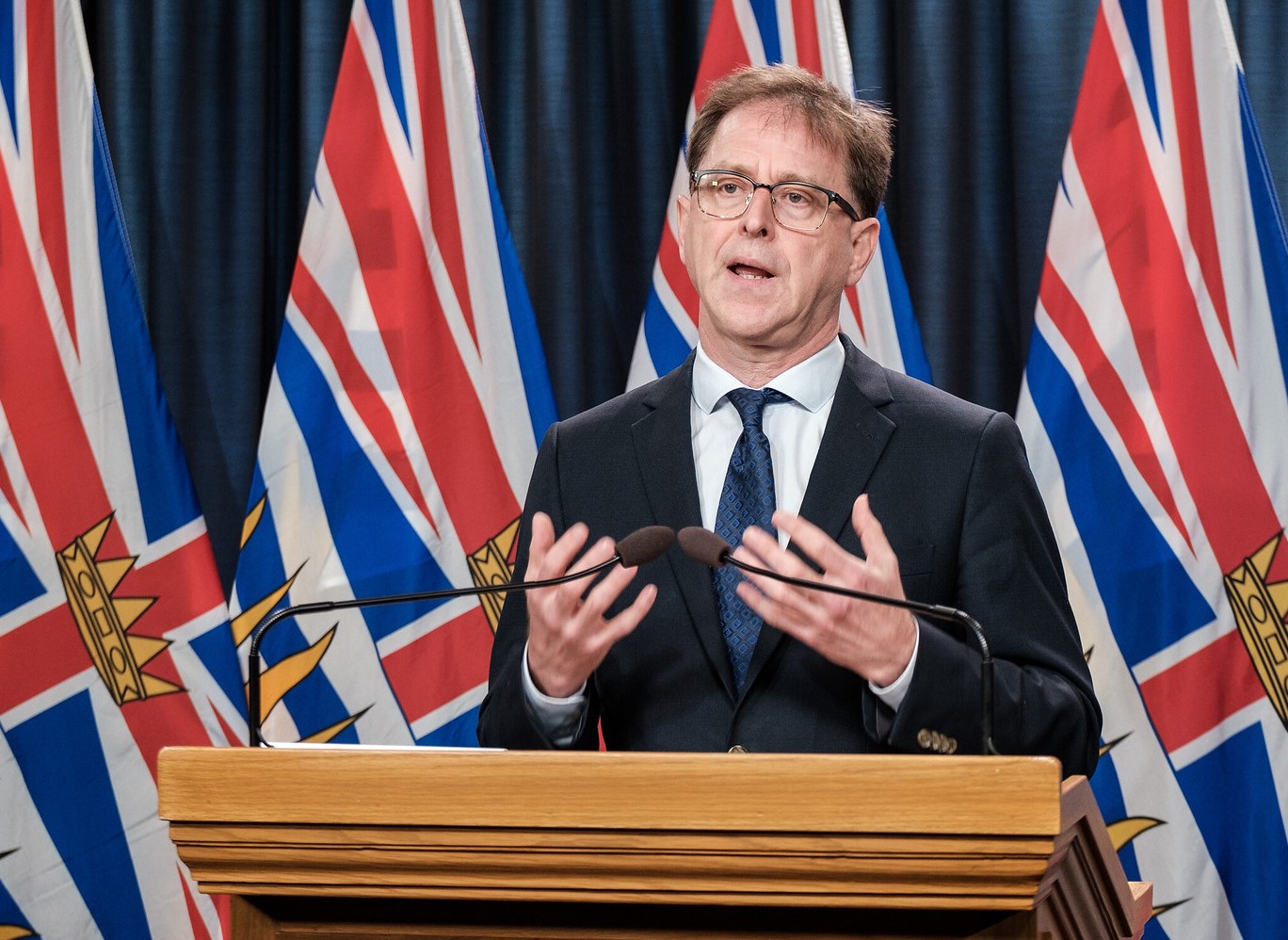
In the two years since the 2021 heat dome, the province has responded to the threat of a future disaster, bearing in mind that climate change has made another one just like it significantly more likely.
“The heat dome of 2021 was seen then as a one in a thousand event, and it had been,” Dix said in a press conference on June 27. “But now, of course, it occurred two years ago — and we’re seeing, with the impact of climate change, that such events may well happen not one in a thousand, but one in 10, one in five.”
Dix was announcing a $10-million program to provide around 8,000 air conditioning units to low-income people, one of the recommendations of the heat death review panel. The government previously announced funding for long-term care facilities’ HVAC upgrades. It has also put money toward ambulance services and hiring health-care staff.
The province has also rolled out its own Heat Alert and Response System, which, among other functions, can issue alerts in a heat emergency that break through broadcasts and sound an alarm on smartphones, and an Extreme Heat Preparedness Guide, which explains what extreme heat is, who is most at risk, and what people can do to protect themselves and others.
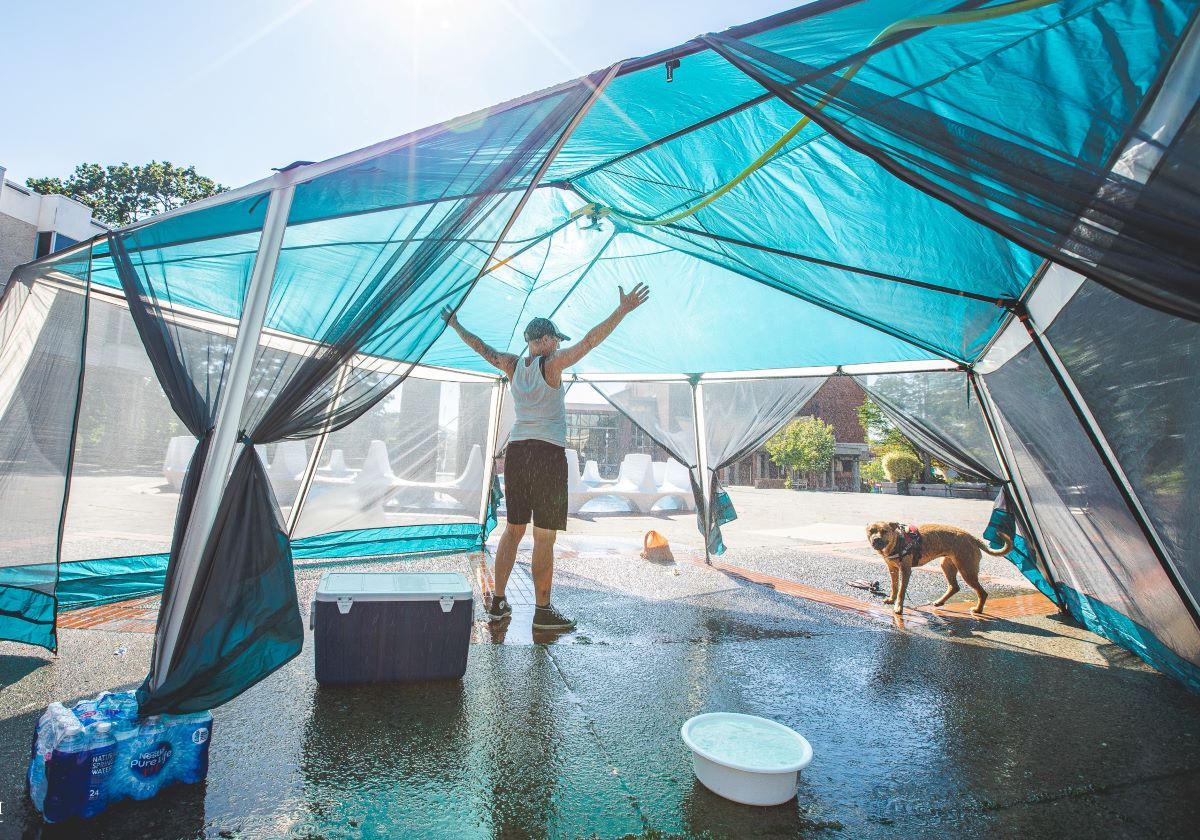
The government’s climate plan includes rebates for active and passive cooling, such as heat pumps and insulation, reflecting the recommendation from the heat death panel. A government spokesperson said the Health Ministry is on track to meet other goals set out by the panel, including evaluating the heat alert system.
“Experts advise us that we’re in a better place than we were in 2021,” Dix said in the emailed statement.
So the 2021 heat wave did what the 2009 event did not: it catalyzed a public health response that was picked up on by the public and moved forward by the province.
Henderson points to a paper, recently published in the journal Annual Review of Public Health, showing the lessons learned after a heat wave can be critical to preparing for the next one.
“One of the most protective things for a population, with respect to extreme heat, was having come through a catastrophic extreme heat event,” she said.
That’s important, because climate change means this won’t be the last time British Columbia experiences such a catastrophic event — and it could happen much sooner than we think.
“Do we have 10 years? I really don’t know,” said Henderson. “This was sold to us as a one-in-a-thousand-year event. But I don’t buy that for one minute.”
This investigation was produced with members of the Climate Disaster Project, an international teaching newsroom that works with disaster-affected communities to share and investigate their stories.
* Story updated on July 17 at 1 p.m. An earlier version said two-thirds of people who died in the 2021 heat dome did not have air conditioning. In fact, 93 per cent did not have air conditioning. ![]()
Read more: Health, Environment





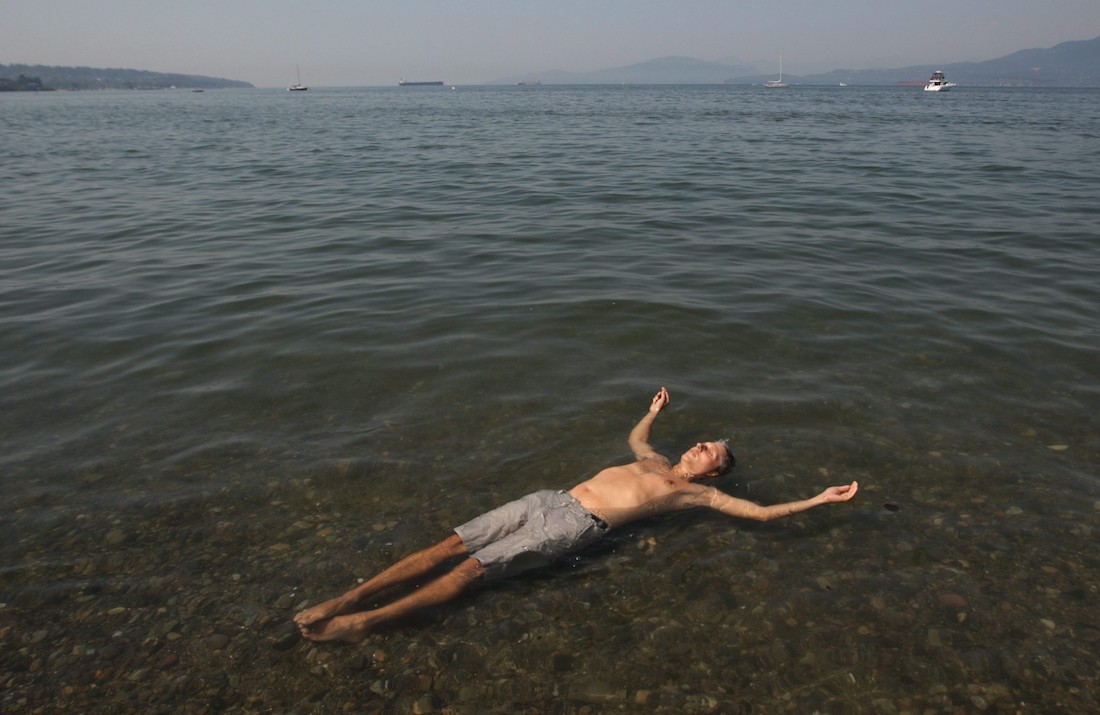












Tyee Commenting Guidelines
Comments that violate guidelines risk being deleted, and violations may result in a temporary or permanent user ban. Maintain the spirit of good conversation to stay in the discussion and be patient with moderators. Comments are reviewed regularly but not in real time.
Do:
Do not: